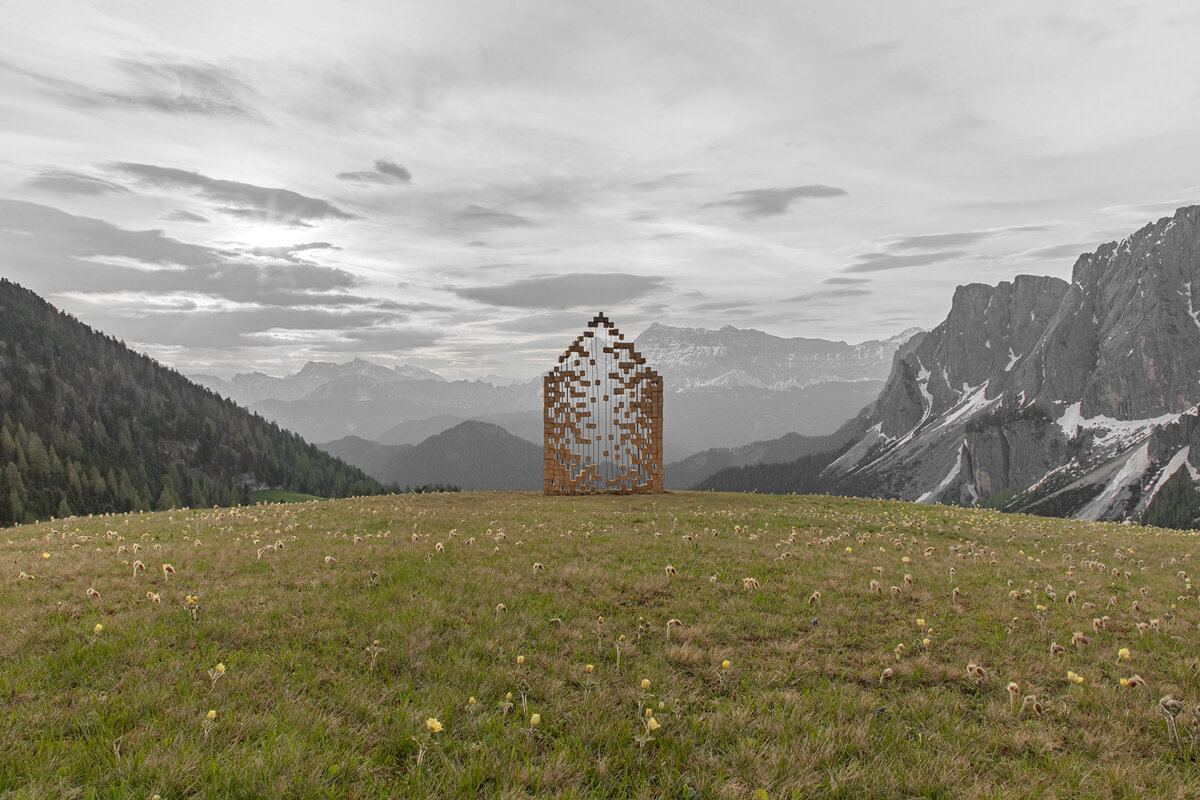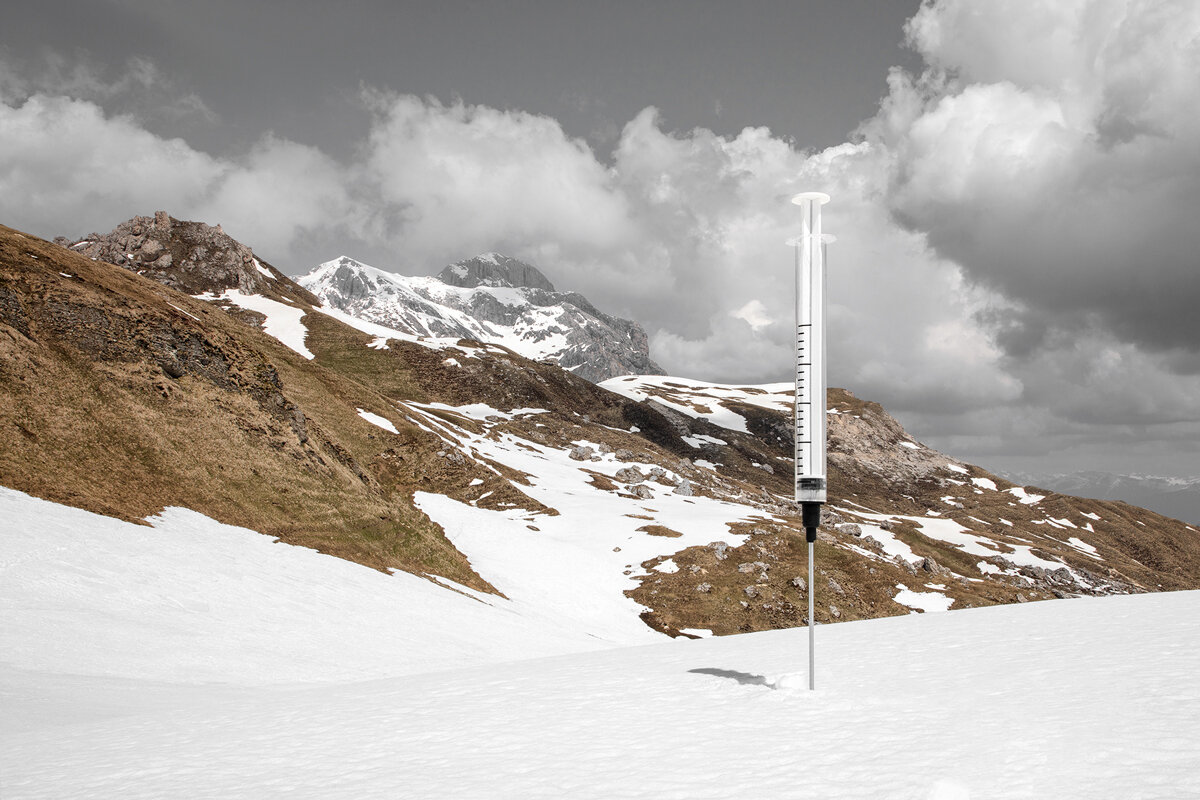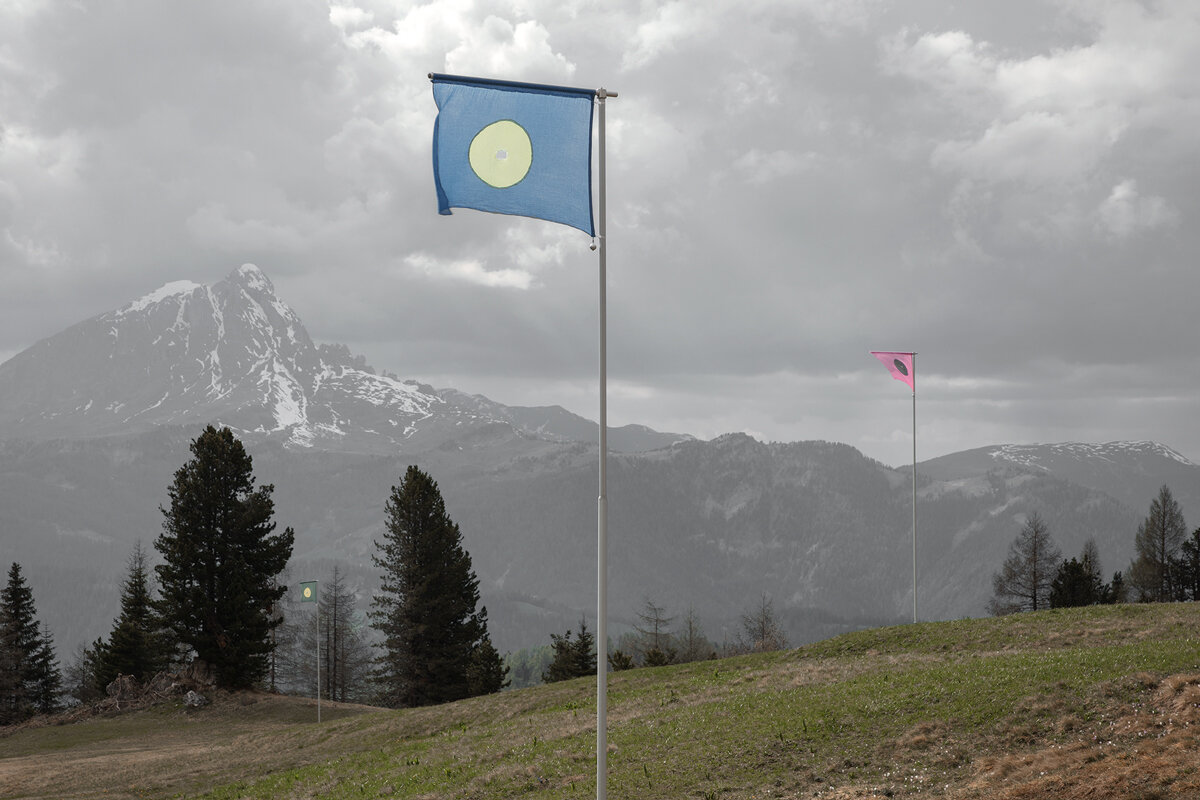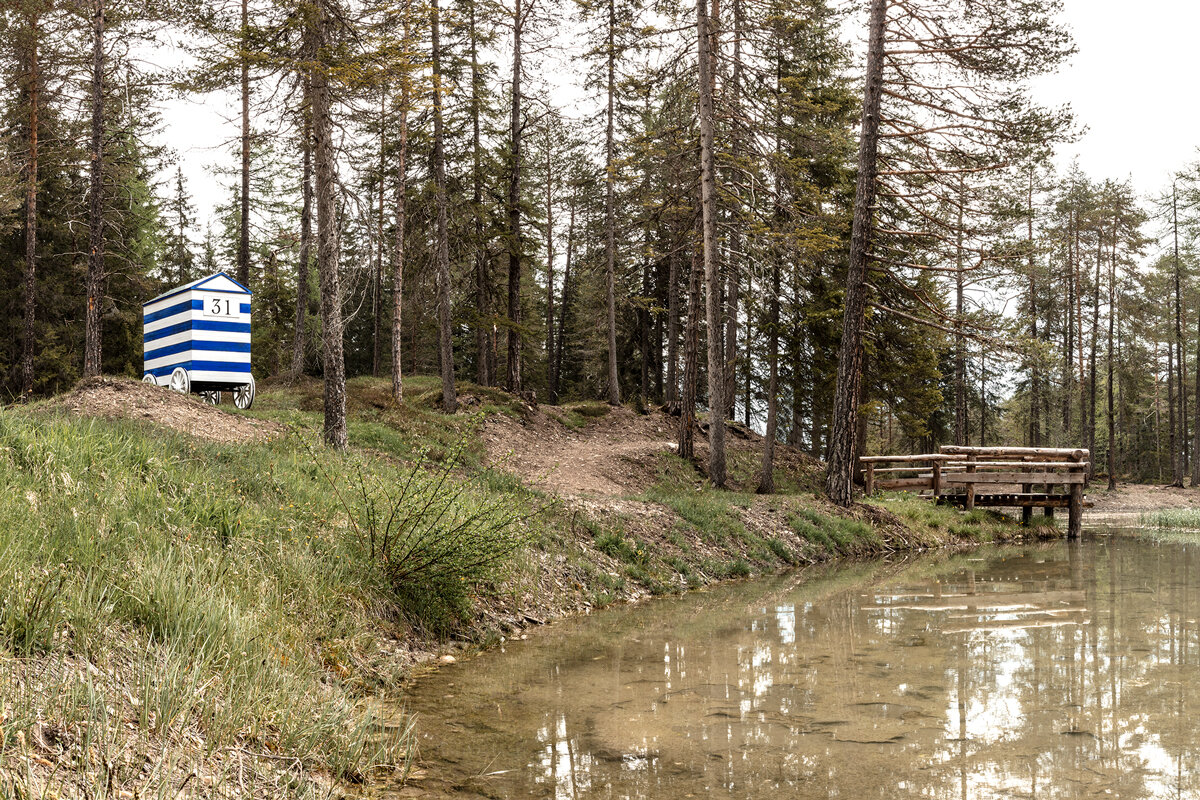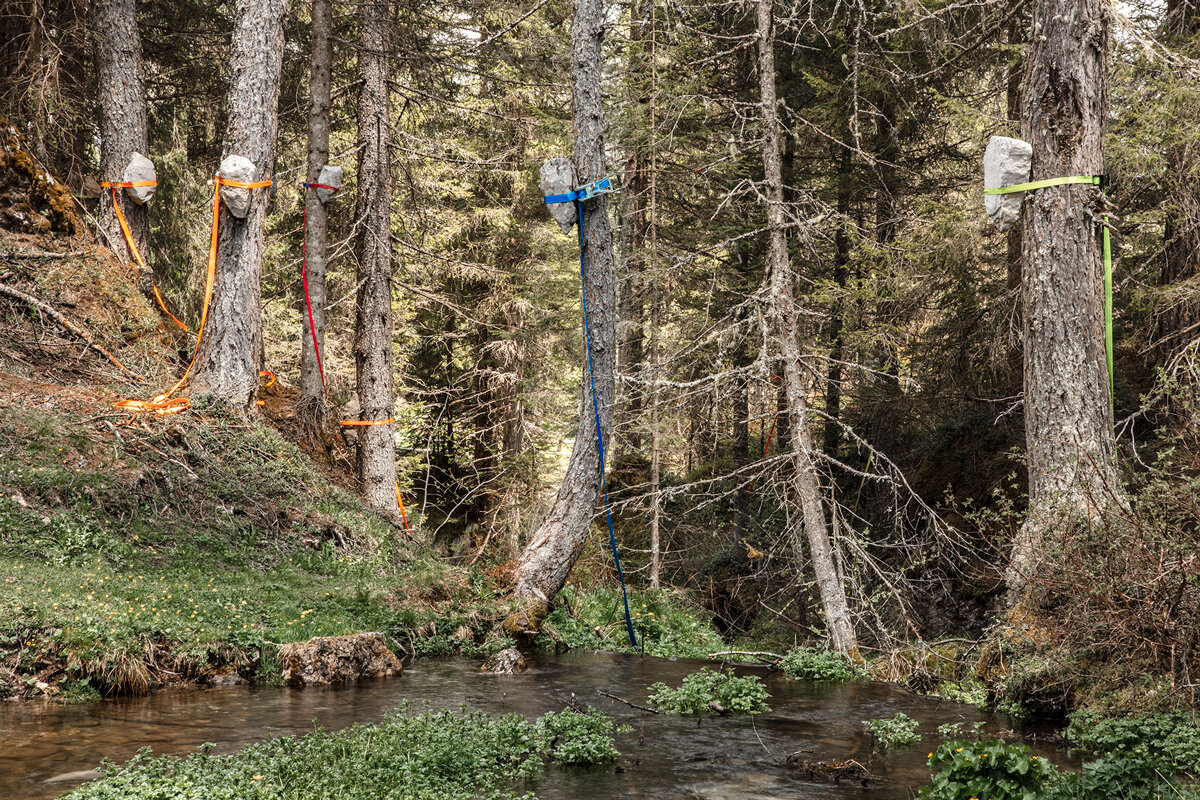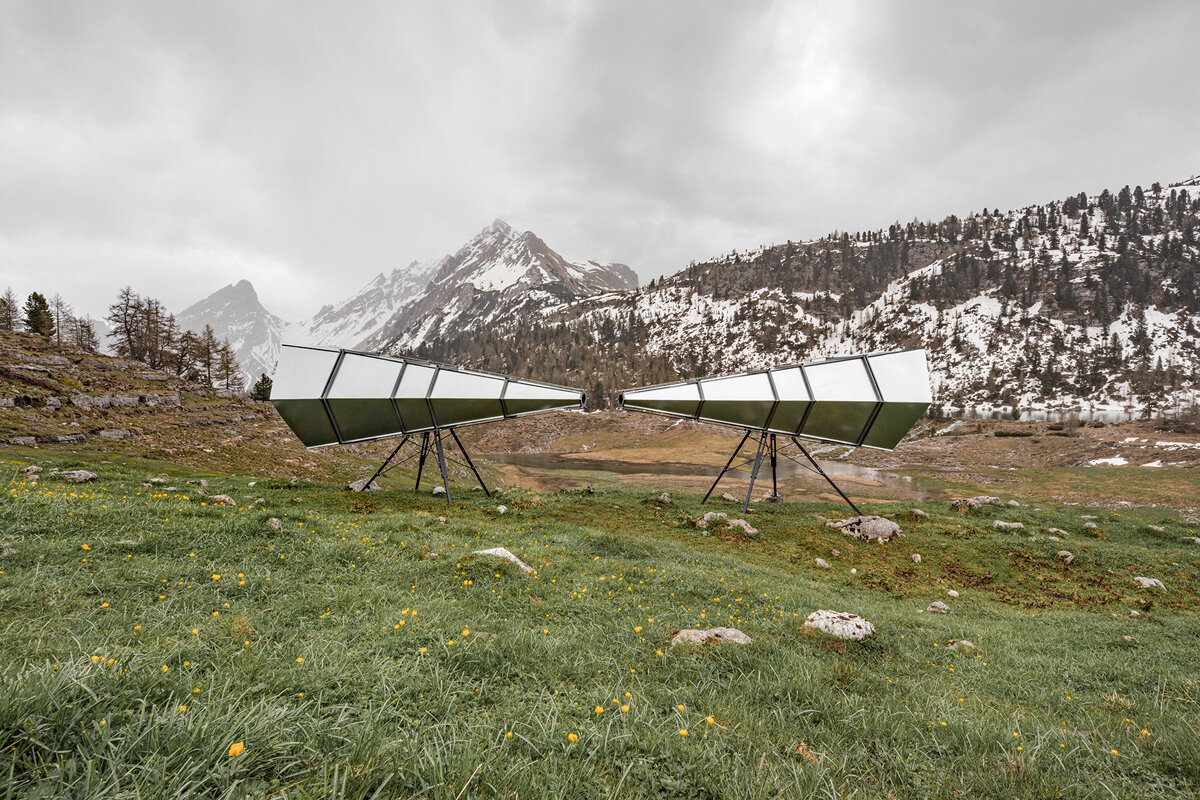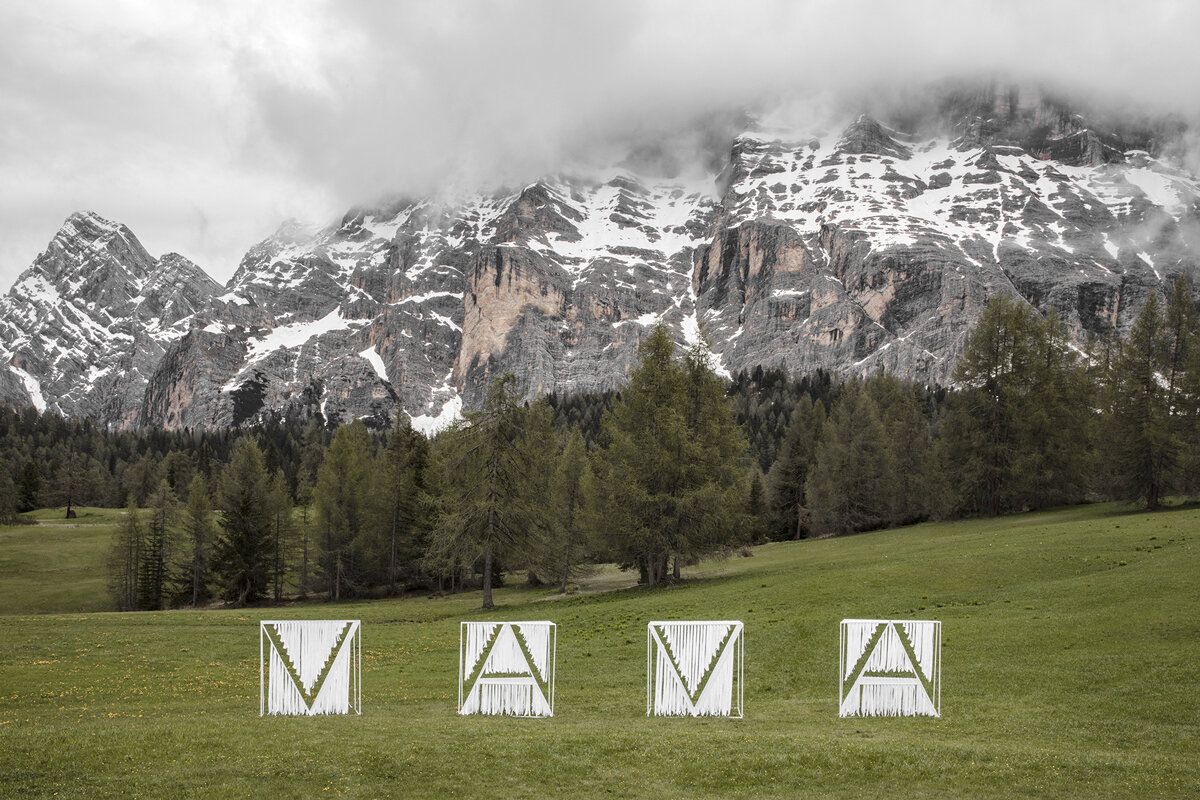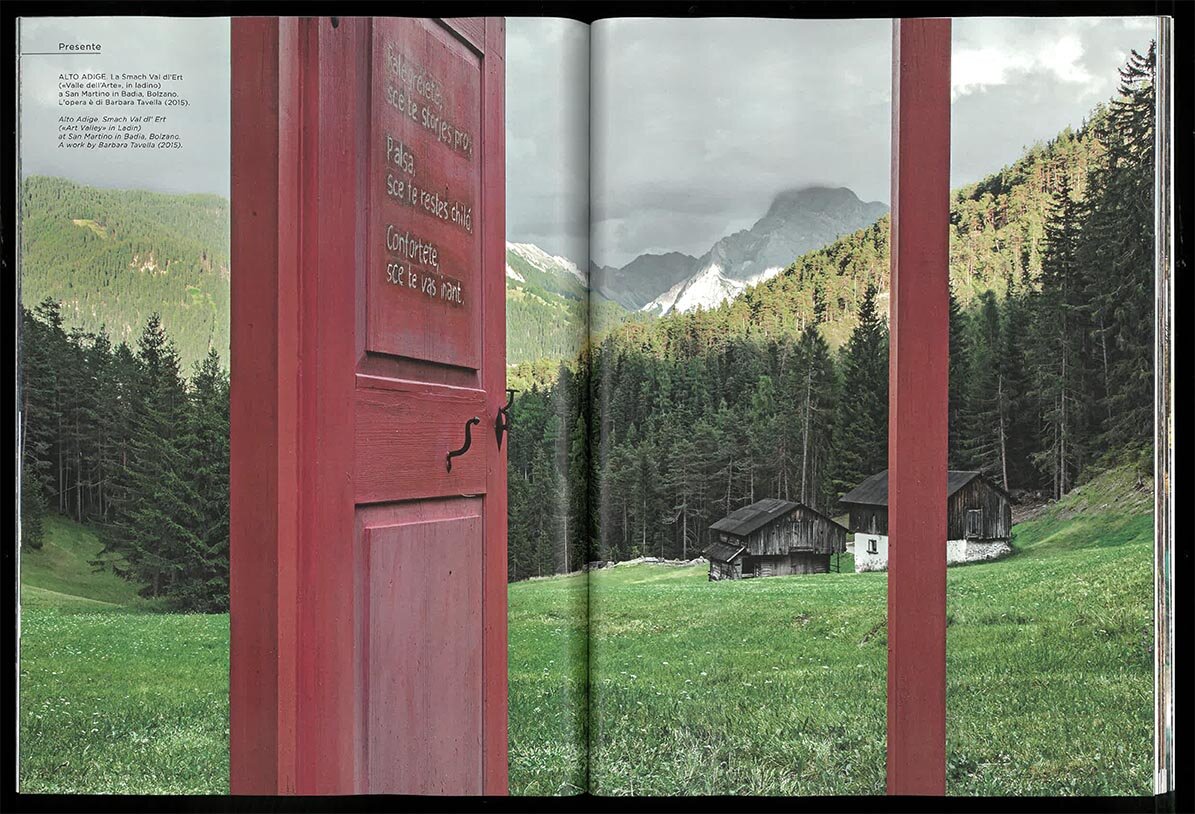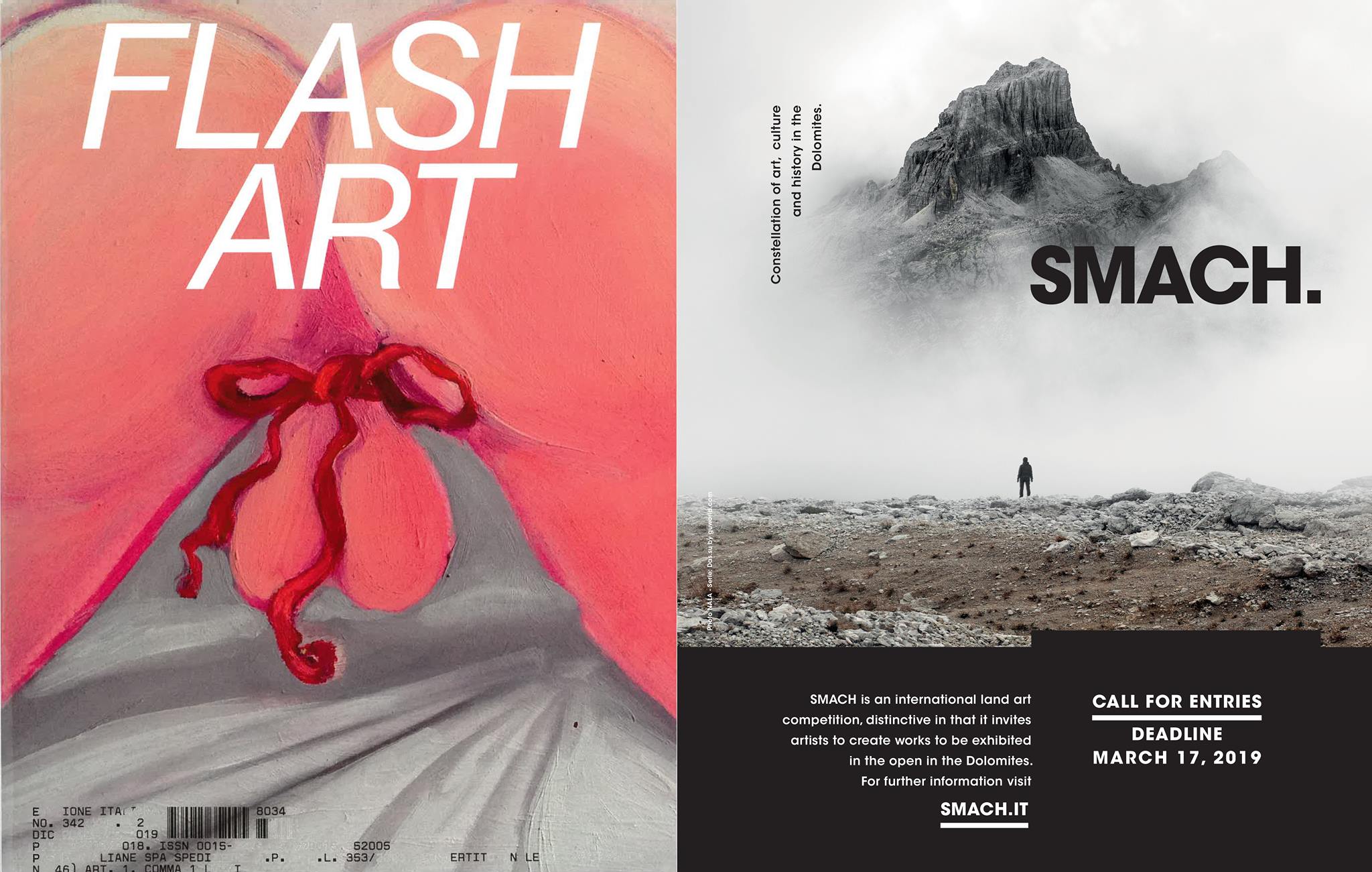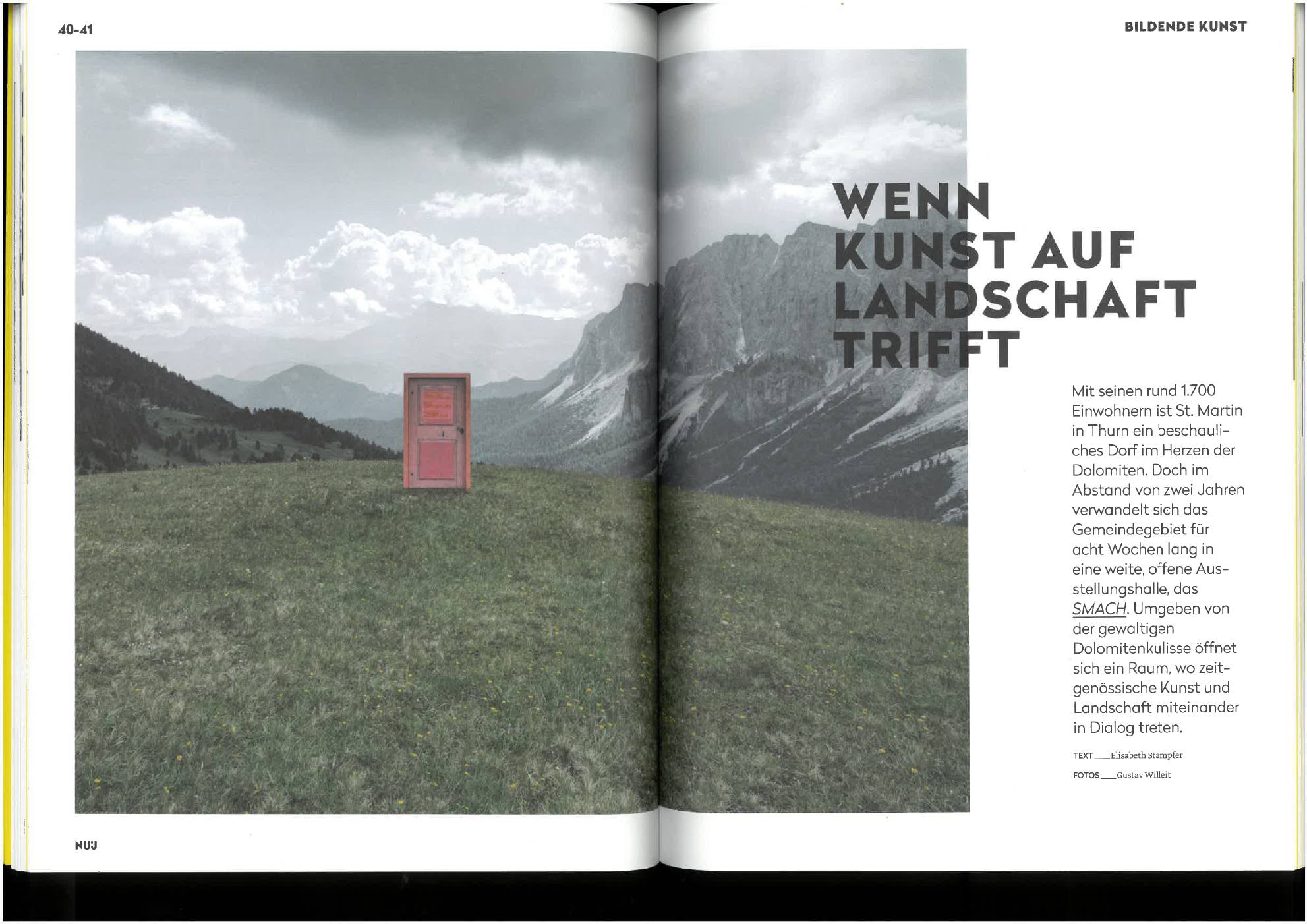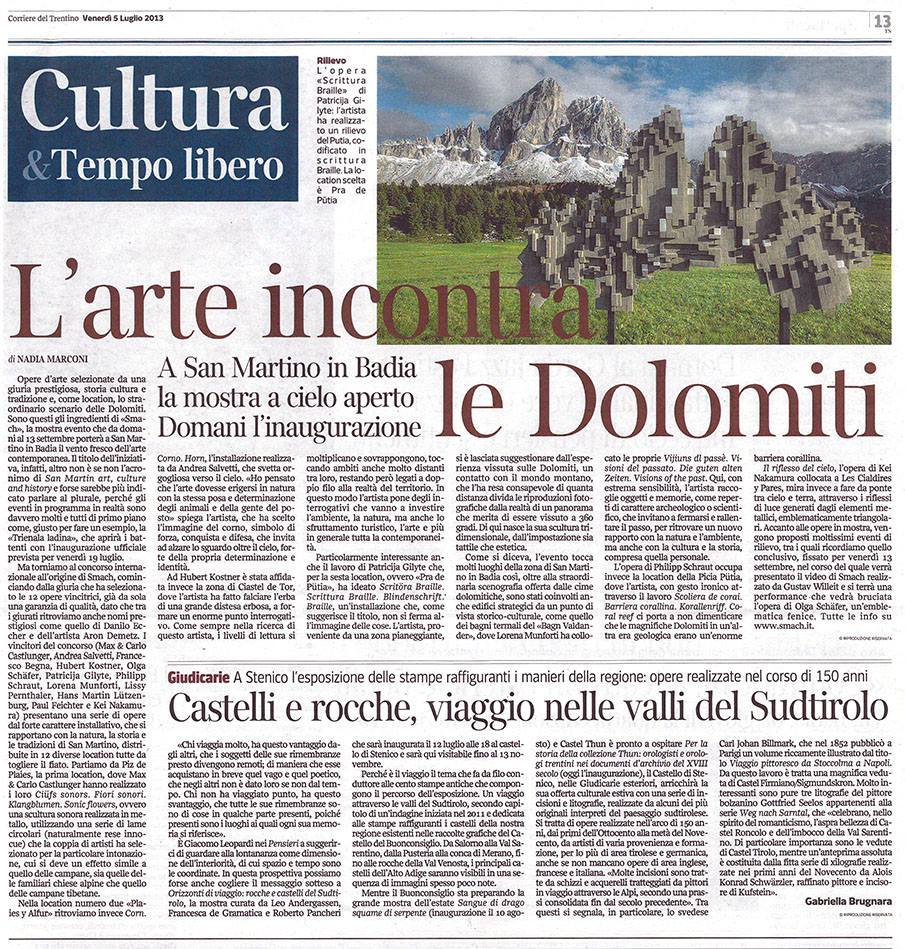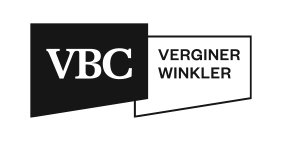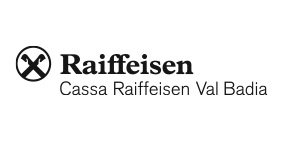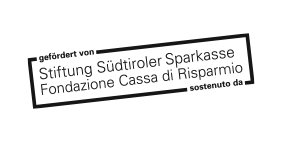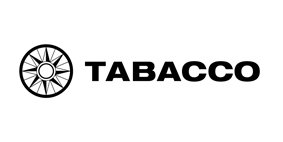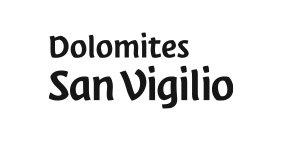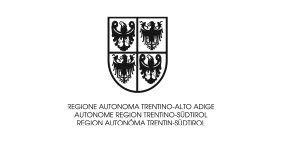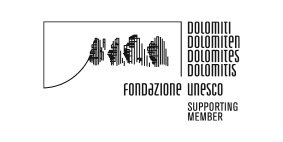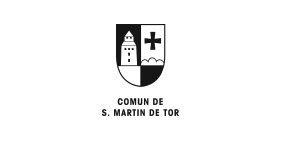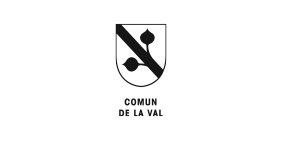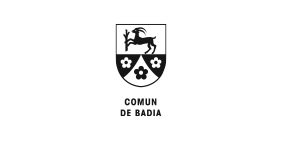At a time when contemporary art was increasingly confined to sterile exhibition spaces, detached from everyday life, a small group of cultural promoters embarked on an alternative path—one that sought to reintegrate artistic practice within a living, identity-rich territorial fabric. It was from this vision that SMACH took shape among the peaks of the Dolomites: a project both discreet and ambitious, far from urban centers, overcrowded museums, and established cultural institutions.
The dynamic and energetic acronym SMACH stands for San Martin Art, Culture and Heritage. From the outset, this lexical choice declared its intentions: to consider art not as an isolated entity but as an integrated expression of a place’s tangible and intangible culture.
A Contemporary Art Laboratory in the Dolomites: Identity, Landscape, and Community
SMACH was born in 2012 as an initiative of a group of young people from Val Badia, driven by the desire to explore key topics such as art, the environment, tourism, and culture.
From its inception, SMACH has stood out for its ethical, ecological, and relational approach. Where the curated works, are conceived with respect for the environment, establishing a non-invasive relationship with the landscape and encouraging critical reflection without imposing assertive positions. Here, the landscape is not a mere backdrop, but a co-protagonist of the artistic process.
What began as a local cultural repositioning effort has since evolved into an internationally relevant art initiative, attracting participation from numerous countries and transforming San Martino in Badia—and all of Val Badia—into an Alpine laboratory of experimentation and dialogue between contemporary art and cultural heritage.
SMACH’s distinct strength lies in its format: a site-specific biennale set not in conventional museums but throughout the mountainous landscape of Val Badia. Every two years, an international open call invites artists to propose works that engage deeply with the natural and cultural fabric of the area—projects that don’t just adorn the landscape but question, reflect on, or even challenge it, always with sensitivity and respect.
SMACH continues to embrace an inclusive ethos, welcoming artists from all backgrounds based on the strength of their ideas, not formal qualifications. Its mission is to offer alternative interpretations of Alpine life and landscape, presenting contemporary art as a means to renew our understanding of local heritage. As co-founder Michael Moling puts it:
“We believe in the power of thought and in the impact a work of art can have on this land.”
Artworks are placed in carefully chosen locations—often symbolically rich or ecologically protected sites—where they interact with the layered histories of the land. In this exchange, the landscape shapes the art, while the art reawakens our perception of the landscape.
Visitors must walk to encounter the works—SMACH is not visited, it is traversed. This physical engagement becomes an aesthetic and political gesture, inviting a slower, more embodied experience of art.
-
SMACH é n proiet de public art nasciü tl 2012. Al é na mostra bienala alaleria che rapresentëia la combinaziun de “ert y natöra”. Te chëst’ ultima vëgnel mostré creaziuns artistiches, proietades y adatades a puntin ales varies postaziuns. Döt pëia ia dan concurs d’ert internazional tl raiun dla Val Badia, olache i artisć selezioná mët fora sües operes te postaziuns d’interes storich-cultural.
Le proiet é dala nasciüda tres chersciü y tl 2018 él gnü metü en pé l’associaziun culturala non-profit SMACH, por garantí i obietifs dl proiet: le concurs bienal SMACH, la Val dl’Ert y evënc colaterai. Sües operes á le compit de descedé l’interes dla jënt por l’ert y de valorisé l’areal dolomitich. I artisc ó promöie i aspec storics, culturai y tradizionai dl raiun tres le dialogh tra ert y natöra. -
SMACH è un progetto di public art nato nel 2012. È una mostra biennale all'aria aperta che rappresenta la combinazione di "arte e natura", in cui quest'ultima espone delle creazioni artistiche, progettate e adattate specificamente ai vari siti. Si parte da un concorso artistico internazionale dove gli artisti coinvolti, mettono in scena le loro opere in luoghi d’interesse storico-culturale nelle municipalità della Val Badia.
Il progetto è cresciuto sin dall’inizio e nel 2018 è stata fondata l'associazione culturale senza scopo di lucro SMACH per garantire gli obiettivi del progetto: il concorso artistico biennale SMACH, la valle dell'arte ed eventi collaterali. Le loro opere hanno lo scopo di innescare l'interesse della gente per l'arte e valorizzare l'area delle Dolomiti in cui sono immerse. Attraverso un dialogo tra arte e natura, gli artisti vogliono promuovere una coscienza approfondita e continua degli aspetti storici, culturali e tradizionali dell'area. -
SMACH ist ein Public-Art-Projekt, das im Jahr 2012 konzipiert wurde. Es ist eine Biennale-Freilichtausstellung, die die Kombination von Kunst und Natur darstellt, wobei letztere als Schauplatz der künstlerischen Kreationen dient, die speziell auf die verschiedenen Standorte zugeschnitten sind. Es beginnt mit einem internationalen Kunstwettbewerb, bei dem die beteiligten Künstler ihre Werke an Orten von historischem und kulturellem Interesse in den Städten Gadertals inszenieren.
Das Projekt ist seit Beginn stets gewachsen und 2018 wurde der gemeinnützige Kulturverein SMACH gegründet um die Ziele des Projektes zu gewährleisten: den zweijährigen Kunstwettbewerb SMACH, das Künstlertal und Nebenveranstaltungen. Ihre Kunstwerke haben das Ziel, das Interesse der Menschen für Kunst zu wecken und das Gebiet der Dolomiten, in denen sie liegen, zu kommunizieren. Durch einen Dialog zwischen Kunst und Natur möchten die Künstler ein umfassendes und fortlaufendes Bewusstsein für die historischen, kulturellen und traditionellen Aspekte der Region fördern.
In addition to the Biennale and the Art Park, the vision of SMACH. envisages a new third sub-project dedicated exclusively to the social value of tangible and intangible cultural heritage. This new objective is in line with the FARO Convention of 2020 and will be accompanied by the creation of a cultural heritage community of the Val Badia.
An Alpine Cultural Ecosystem in Transformation
Since its founding, SMACH has gradually established itself as a complex and dynamic cultural ecosystem, deeply rooted in the Dolomite landscape while oriented towards relational and transnational dimensions. Moving beyond its initial identity as a contemporary art biennial, SMACH has become a polyphonic platform that integrates exhibitions, educational practices, participatory projects, and decentralized forms of territorial research.
The project's impact is not measured by the number of installed artworks or organized events, but by the connections activated, the energies mobilized, and the formative processes initiated. Every artist, volunteer, student, and visitor who has participated in SMACH's activities contributes to a mosaic of experiences that continually shapes and redefines the project’s identity. SMACH serves as a mediator of exchange and encounter: immersing creatives and tourists alike in the local community with an experiential and relational proximity that favors authentic human connections and builds understanding, respect, and kindness towards the land, the culture, and the people.
This evolution has followed an organic and non-linear path, driven by a consistent openness to listening and transformation. Far from monumental or spectacular logics, SMACH has built a cultural presence based on discretion, proximity, and active engagement with local communities and visitors. Its strength lies in the absence of a fixed center: SMACH is not identified with a building or specific location, but with a diffuse network of human relationships and a collective intelligence capable of generating original content and generative contexts.
SMACH is both a promise fulfilled and a horizon in the making. It is concrete proof that even in peripheral and marginal areas, far from major urban centers, it is possible to generate culture in ways that are radical, authentic, and globally connected. Perhaps it is precisely in the silence of the mountain landscape that SMACH reveals its deepest vocation: that of a culture that does not need to raise its voice to generate meaning.
Organs of the Association
-
The Assembly is the sovereign organ of the Association
-
Michael Moling is the acting president for the next three years.
-
The Board of Directors is invested with all the faculties necessary to administer the Association. The Board of Directors can carry out any action and take all the decisions for the achievement of the purposes set out in the satute. The Board is made up of: Maria Anvidalfarei, Alessia Clara, Loris Clara, Fabian Feichter, Adriana Ghimp, Marco Anvidalfarei, Silvia Baccanti, Phi Mer, Michael Moling and Gustav Willeit (vice president).
-
The Scientific Committee (CS) is the think tank that joins the board of the ODV SMACH Association to ensure consistency between the objectives of the statute and the operational program already in progress or being defined. The CS also aims to promote new actions and stimulate the cultural activation and protagonism of citizenship. It does so by indicating the guidelines for innovation, replicability and sustainability of present and future processes and by deferring the monitoring and analysis of the final results. Furthermore, the CS will support the SMACH association's steering committee in the elaboration of project development proposals and will be able to act as an interface with the artistic-scientific community. The CS is made up of:
- Lois Anvidalfarei, artist
- Roberta Dapunt, poet
- Andrea Lerda, curator for contemporary art at the National Mountain Museum of Turin
- Katy Moling, curator and director of Museum Ladin Ciastel de Tor
- The director of the Istitut Ladin Micurá de Rü
- Valeria Pica, art historian and museologist
- Sonia Tucci, archaeologist, scientific director of the Museo Civico Etrusco Romano di Trevignano Romano
THE DOCUMENTARY OF SMACH 2023
Contemporary art embedded in the spectacular mountain landscape of the Dolomites. Who creates something like this? And why? A film about the man behind SMACH – an exhibition that is anything but barrier-free.
Production: Michael Kalb
Direction: Timian Hopf
Cinematography: Toni Bihler
Second Camera: Patrick Steger & Timian Hopf
Sound Design and Music: Robert Nogler
Colour Grading: Fabian Spang
Editor: Milena Holzknecht
Editor (25-minute TV Version): Martine de Biasi
https://michael-kalb.de/portfolio/elevated-art/
Producer Michael Kalb took the initiative to document the SMACH 2023 Biennale over the course of an entire year, offering an unfiltered and authentic look at all aspects surrounding a public art biennial. The film was awarded at the Dutch Mountain Film Festival in 2024.
Discover more…





